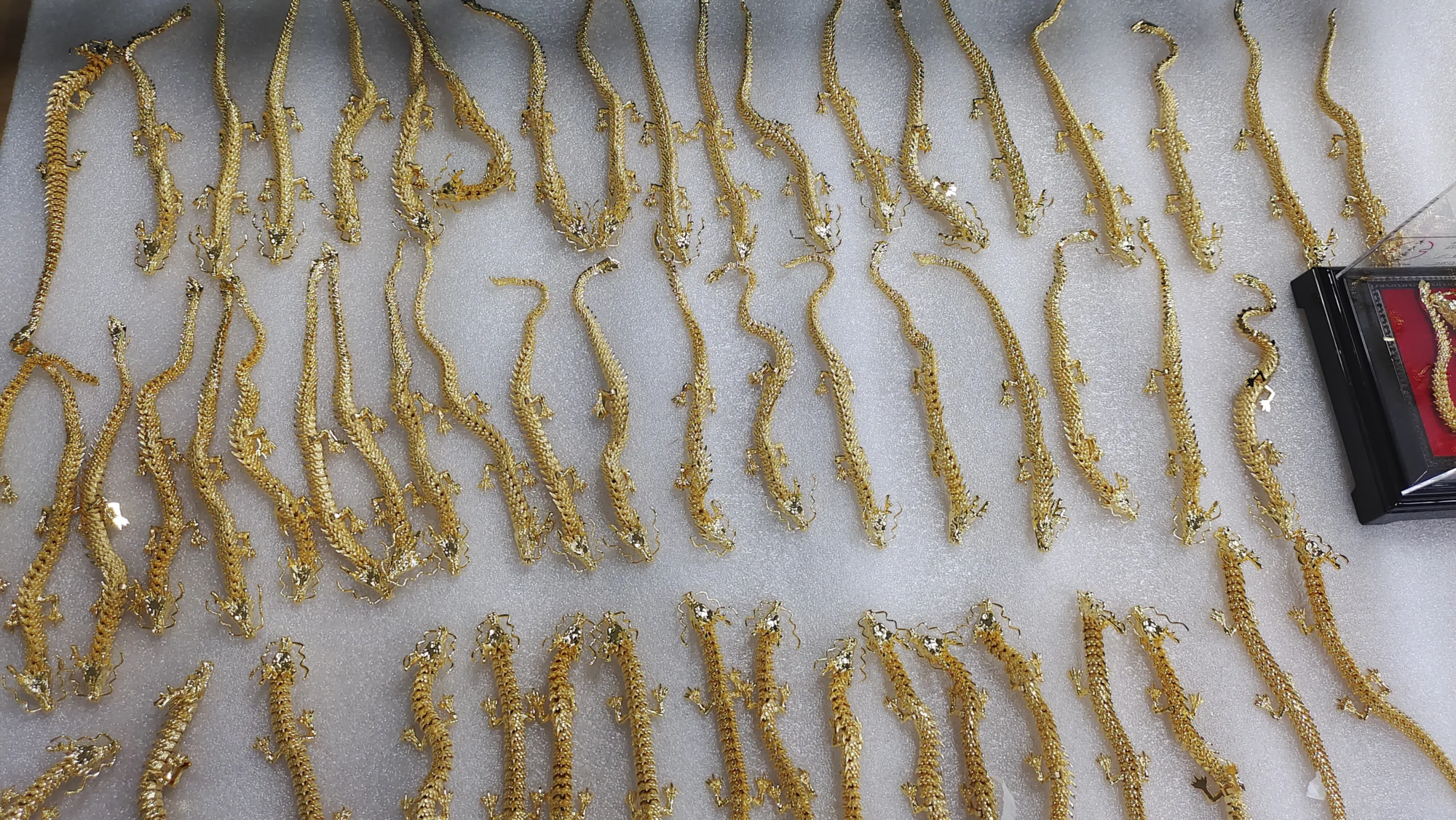On November 29, 2024, according to the Resource Library, a research team from the University of Twente in the Netherlands recently achieved a significant breakthrough in the field of bioprinting. She has developed a new type of bio-ink. This technology could change our manufacturing methods. vascularize the tissues. The research results of this technology were published in the journal Advanced Health Materials, titled “Bioprinting of aptamer-based programmable bioinks for recommending 4D microvascular morphogenesis.” Bioink is able to precisely control the growth and organization of blood vessels in 3D printed tissues, which appear to “mimic” the complex vascular network of the human body.
3D printed organs are considered a revolutionary advancement in the medical field, providing new solutions to organ failure and tissue damage. However, knowing whether printed tissues can receive enough nutrients and oxygen remains a significant challenge. Without the support of blood vessels, these tissues cannot effectively absorb nutrients or remove waste, thereby affecting their function and survival. Therefore, the question of whether blood vessels can be successfully constructed by 3D printing has become the key to the application of this technology.
Although previous researchers were able to arrange the layout of blood vessels during bioprinting, these blood vessels often undergo unpredictable changes after being cultured in the laboratory or transplanted into the body, affecting the effectiveness of the tissue. The programmable bioink developed by the University of Twente team can dynamically control the process of blood vessel growth and remodeling. This breakthrough makes it possible to stably maintain the formation and function of blood vessels for a long time.
What’s unique about this bioink is that it is modified with aptamers, small segments of DNA that release biochemical signals on demand. This method simulates the natural physiological processes of the human body. In the tissue microenvironment, growth signals are released only when needed. Thus, the ink is able to precisely regulate the formation of blood vessels and direct their development according to the needs of the tissues. Researchers from the Vascularization Laboratory at the University of Twente said: “We have already developed aptamer technology that can promote the growth of new blood vessels, but the innovation of this technology is that it can not only control the growth of blood vessels in three dimensions. , but also control the growth of blood vessels in three dimensions. Growth can also be dynamically regulated over time, what we call “4D control.”
To go further, the research team combined this technology with 3D printing to develop this programmable bioink. Like the human body, it can precisely emit biochemical signals in a controlled environment to guide the growth of blood vessels. This technology brings us closer to creating artificial tissues that function like real organs.





